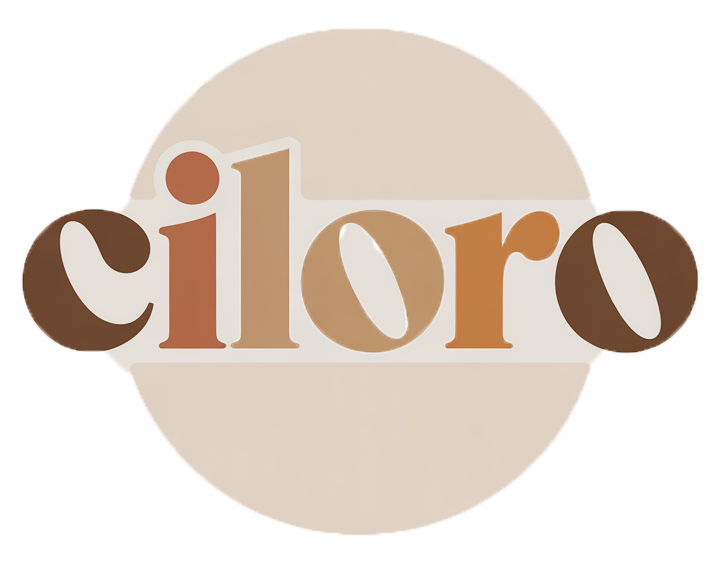Incorporating Vintage Decor for Unique Home Styling
Vintage decor refers to items that are at least 20 years old but less than 100 years old, distinguishing them from antiques, which are generally over 100 years old.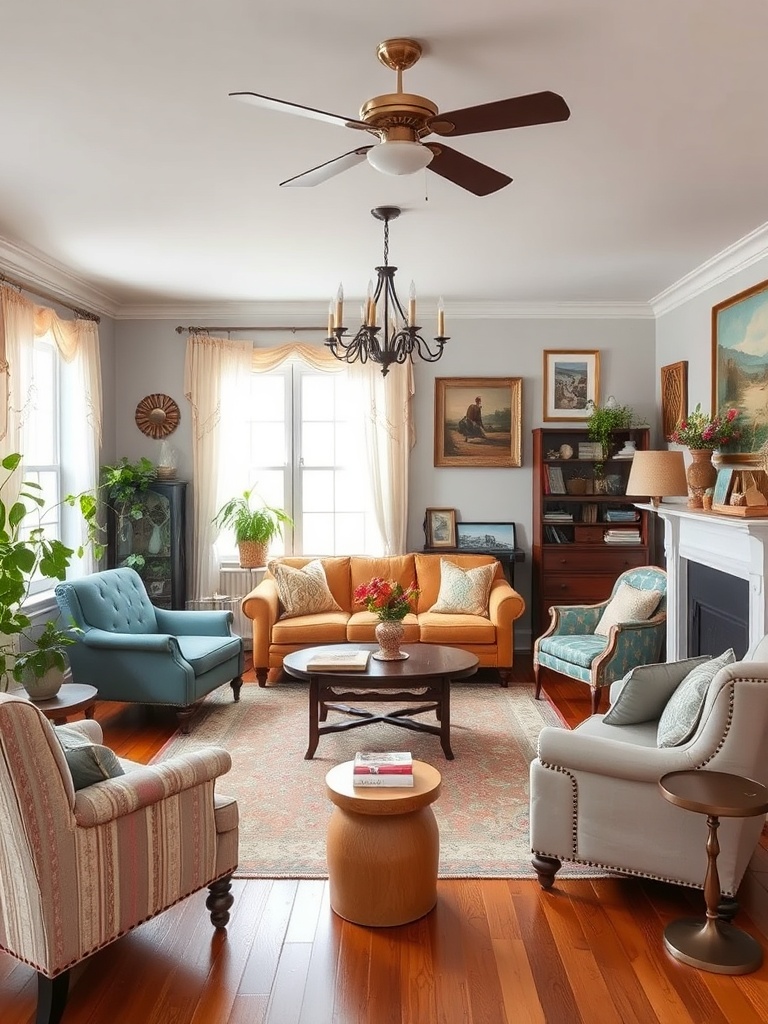
Incorporating vintage finds into modern homes not only adds character but also creates a unique blend of styles that reflects personal taste. The benefits of using unique vintage items include sustainability, the charm of history, and the ability to tell a story through your decor.
Understanding Vintage Decor
What Qualifies as Vintage?
To understand vintage decor, it's essential to grasp the distinction between vintage and antique. Vintage items are typically defined as those that are at least 20 years old, while antiques are classified as being over 100 years old. Generally, vintage items span from the 1920s to the early 1990s, showcasing a variety of styles and trends from different eras.
The Appeal of Vintage Decor
- Character and charm: Vintage items often carry a unique aesthetic that new items lack.
- Sustainability: Using vintage decor is an eco-friendly choice, reducing waste by repurposing existing items.
- Storytelling: Each vintage piece has a history, allowing homeowners to create a narrative within their living spaces.
Where to Find Unique Vintage Items
Thrift Stores
Thrift shopping offers a treasure trove of unique vintage finds.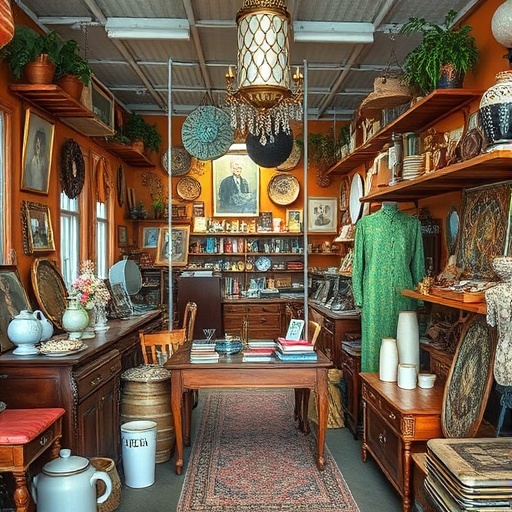
The benefits of thrift stores include low prices and a diverse selection. To maximize your success, consider these tips:
- Visit frequently, as inventory changes regularly.
- Keep an open mind and be willing to explore various sections.
- Look for hidden gems that may need a little TLC.
Flea Markets
The thrill of the hunt at flea markets can lead to fantastic discoveries.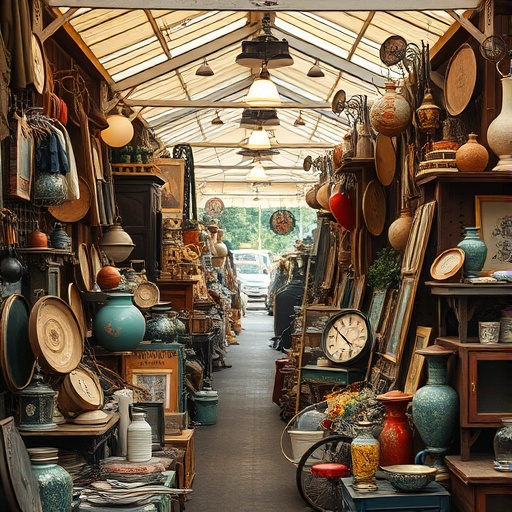
To navigate these markets effectively, follow these best practices:
- Arrive early for the best selection.
- Be prepared to haggle for better prices.
- Bring cash, as many vendors may not accept cards.
Estate Sales and Auctions
Estate sales often feature high-quality vintage items.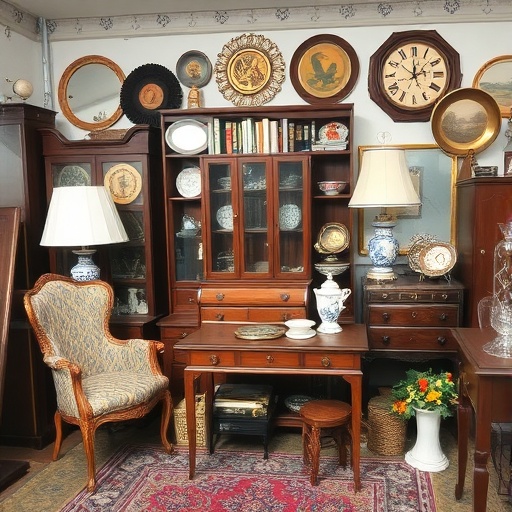
To find estate sales, check local listings or estate sale websites. When bidding at auctions, keep these strategies in mind:
- Set a budget to avoid overspending.
- Research items beforehand to understand their value.
- Participate in preview days to inspect items closely.
Online Marketplaces
Online platforms such as eBay and Etsy have become popular for vintage shopping.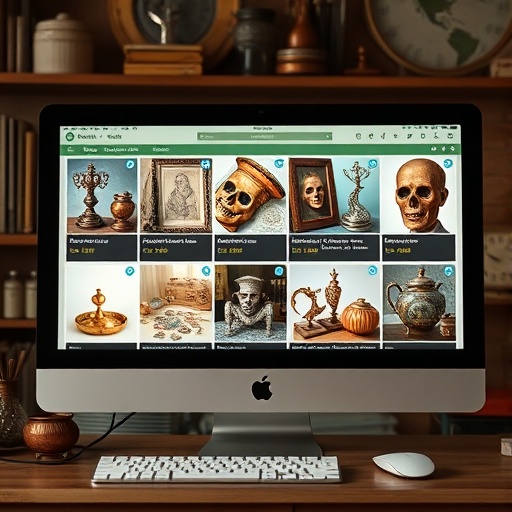
When purchasing online, ensure safety by verifying sellers and reading reviews. Look for detailed descriptions and multiple photographs to gauge the item's condition.
Assessing the Condition of Vintage Finds
Inspecting for Quality
Quality is paramount when selecting vintage items. Key indicators of quality include:
- Durability of materials used.
- Craftsmanship and attention to detail.
- Signs of wear and tear that may affect function or aesthetics.
Knowing When to Repair vs. Embrace Imperfections
When it comes to vintage finds, knowing whether to repair or embrace imperfections is crucial. Consider the following:
- Pros of restoration: Enhances usability and visual appeal.
- Cons of restoration: May diminish the item's original character.
Sometimes, the history of imperfections adds to the charm of a vintage piece.
Styling Your Home with Vintage Decor
Mixing Vintage with Modern
To achieve a balanced look, consider the following tips:
- Choose a color palette that harmonizes both styles.
- Use vintage items as accents in modern spaces.
- Avoid overcrowding; let each piece shine.
Creating Focal Points
Utilize vintage items as statement pieces to draw attention. Ideas for arranging vintage decor include:
- Highlighting a vintage chandelier in a contemporary dining room.
- Displaying an antique mirror as a focal point in the hallway.
Themed Decor Ideas
Consider retro themes such as the 60s or 70s for a cohesive look. Eclectic styles can be achieved through:
- Mixing various textures and patterns.
- Incorporating artwork and decor from different eras.
Room-by-Room Guide to Incorporating Vintage Finds
Living Room
Ideas for vintage furniture include:
- Mid-century modern coffee tables.
- Vintage armchairs with unique upholstery.
Accessorizing with vintage art and textiles can create a cozy atmosphere.
Kitchen
Incorporate vintage dishware and utensils for a nostalgic touch.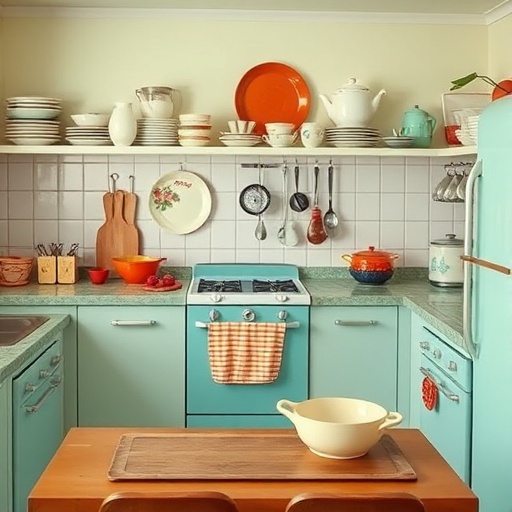
Displaying vintage finds on open shelving can enhance the kitchen's character.
Bedroom
Consider vintage bedding and decor to create a warm environment.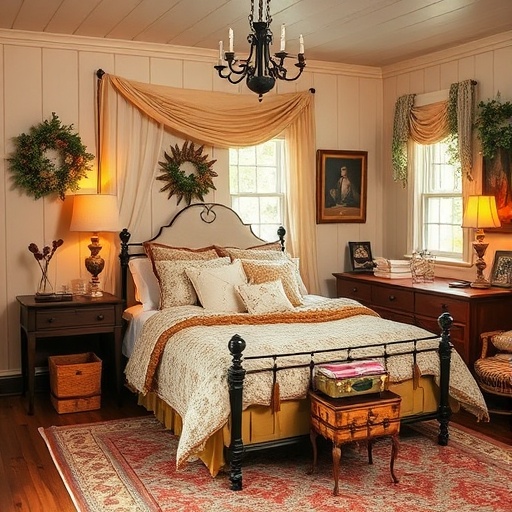
Upcycling vintage furniture, such as dressers and nightstands, can add functionality and style.
Bathroom
Unique vintage storage solutions, like wooden crates or antique cabinets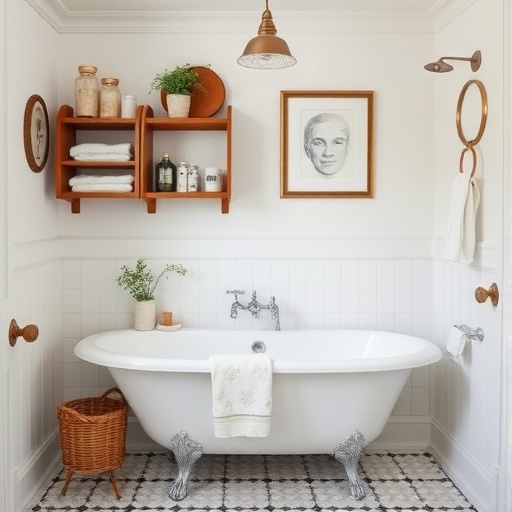
, can maximize space. Vintage-inspired decor elements, such as old mirrors or decorative tiles, can enhance the overall aesthetic.
Outdoor Spaces
Incorporate vintage garden decor, like wrought iron furniture or antique planters.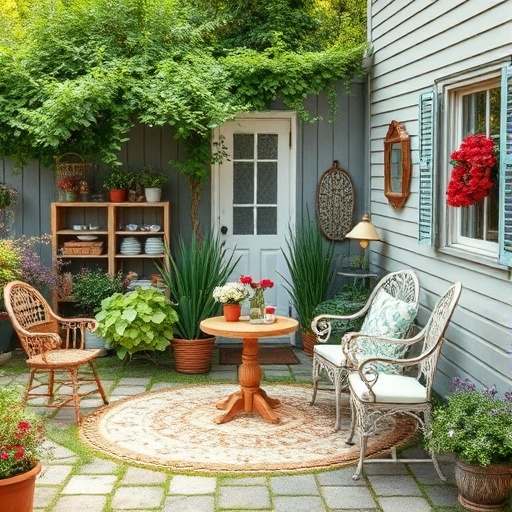
Ideas for vintage patio furniture can include repurposed wooden benches or retro lounge chairs.
DIY Projects with Vintage Items
Upcycling Vintage Finds
Creative ideas for repurposing items can breathe new life into vintage finds.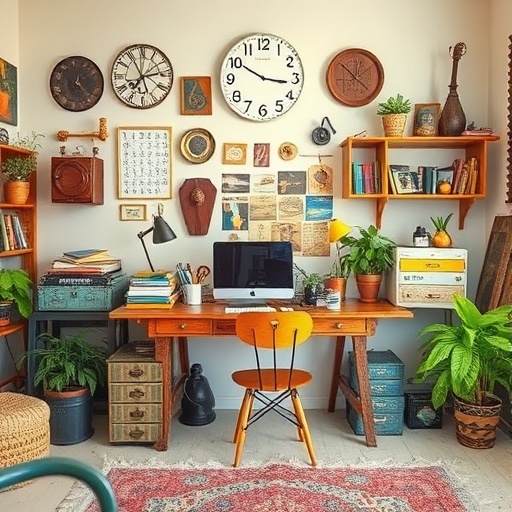
Popular DIY projects include:
- Transforming an old suitcase into a stylish side table.
- Using vintage crates for unique shelving solutions.
Customizing Vintage Decor
Techniques for personalizing vintage items can make them uniquely yours. Tips for paint, fabric, and finishes include:
- Choosing colors that complement your existing decor.
- Using fabric that matches your personal style.
Maintaining Your Vintage Decor
Care and Cleaning Tips
To keep your vintage decor looking its best, follow these best practices for different materials:
- Wood: Use a soft cloth and avoid harsh chemicals.
- Fabric: Vacuum regularly and spot clean as needed.
- Metal: Wipe with a damp cloth to prevent rust.
Seasonal Refreshes
Ideas for rotating vintage decor with the seasons can keep your home feeling fresh. Incorporating seasonal themes with vintage finds can enhance the atmosphere throughout the year.
Conclusion
Refreshing home decor with vintage finds brings numerous benefits, including sustainability, character, and a unique storytelling element. Embracing the uniqueness of vintage items allows for the creation of personalized spaces that reflect individual style and history.
Recap
Incorporating vintage decor is not just about aesthetics; it is about creating a home filled with stories and memories.
Key Takeaways
- Understand the definition of vintage and its appeal.
- Explore various sources for unique vintage items.
- Assess the condition and quality of vintage finds.
- Mix vintage with modern decor for a balanced look.
- Incorporate vintage items in every room of your home.
- Consider DIY projects to personalize vintage decor.
- Regular maintenance is key to preserving vintage finds.
FAQ
What is the difference between vintage and antique?
Vintage items are typically 20 to 100 years old, while antiques are over 100 years old.
Where can I find unique vintage items?
Unique vintage items can be found at thrift stores, flea markets, estate sales, and online marketplaces.
How do I assess the quality of a vintage item?
Inspect materials, craftsmanship, and signs of wear. Look for durability and attention to detail.
Should I repair vintage items or embrace their imperfections?
This depends on the item's condition and your personal preference. Some imperfections can add character.
What are some tips for styling vintage decor?
Mix vintage with modern styles, create focal points, and consider themed decor ideas for cohesion.
